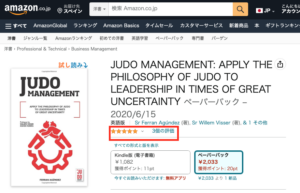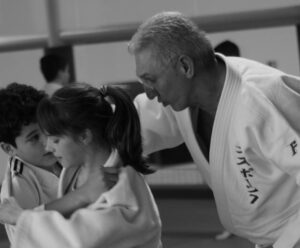Kodokan Judo comprises randori, shiai and kata.
Randori is the art form in which the judoka searches for it’s own possibilities.
Shiai is the art form within which subjective and objective performances can be sought. What is known as Olympic Judo is included in shiai. It needs no special title and we must not forget Professor Jigoro Kano’s total devotion toward making Judo a part of the Olympic performance.
Many Olympic gold medal winners were giving a worthy display (performance and charisma) of what is the true Judo: dignified pride, love for Judo, dynamism as well as appreciation for performances of others. (The opposite of pride is egoism, the opposite of love is vanity, the opposite of dynamism is obsession, while self-satisfaction is the opposite of appreciation for the performances and ideas of others.)
Kata especially shows the ethical and aesthetical principles of Judo. It is an art form and can be a refinement.
The above descriptions of randori, shiai and kata in this introduction are extremely condensed and the term ‘art form’ has purposely been used. Art has a body and a soul; art is a demonstration of culture based on ethical and aesthetical principles, in which for some components efficiency is also important.
In a certain way art is always harmonious (aesthetics also stand for balance) and being not harmonious is the enemy of art, is the enemy of balance!
For efficiency rhythm is very important. Rhythm is the harmonious exchange of tension and relaxation. Rhythm forms the moment, what is known as timing; the timing which in Judo is of utmost importance.
Rhythm is regulated by breathing. Whoever masters breathing masters her/his movements, masters her/his balance and masters her/his mental attitude and physical bearing. In randori, shiai and kata the art of breathing is pivotal.
One is inclined to give disproportional attention to kata. If one considers kata as the grammar of judo, then randori is the prose. In randori one writes, with the components of nage waza and ne waza, one own tale. One writes the story in one’s own phrasing (waza) and on the basis of the grammar (kata). One makes one’s own randori based on the principles of Kodokan Judo, principles which can be refined in kata.
Kodokan Judo contains therefore not only kata, but also (and especially) randori and shiai.
WILLEM VISSER,
Executive Coach, Strategic Adviser, International Lecturer,
8th dan Judo IJF, four-time Olympic Coach in Judo.




